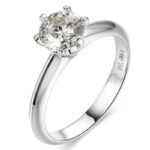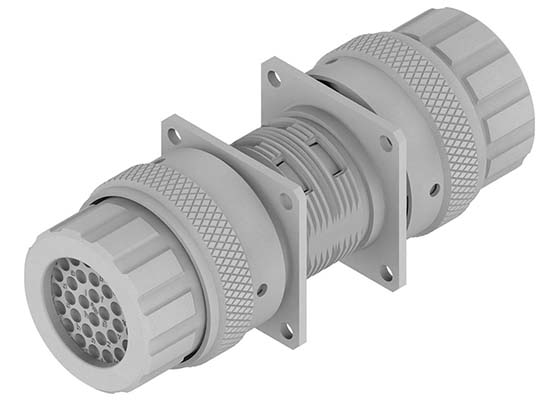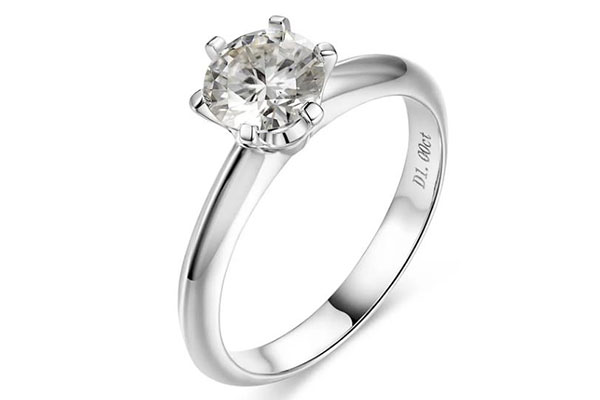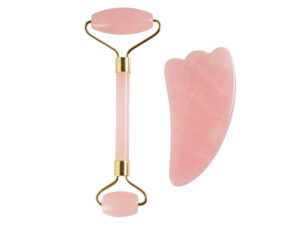If you’re planning a trip to Europe from North America or any other region, you’ll need to be aware of the different electrical standards and equipment used in Europe. Specifically, you’ll need to know the difference between converters and adapters, two devices that can help you connect your electronic devices to European power outlets.
In this blog post, we’ll discuss the differences between converters and adapters for European travel, including their purposes, types, advantages, disadvantages, and how to choose the right one.
Converters
Converters are devices that help you change the voltage of your electronic devices to match the voltage used in the country you’re visiting. In Europe, the standard voltage is 220-240 volts, while in North America, the standard voltage is 110-120 volts. This means that if you try to plug your North American device into a European outlet without a converter, you risk damaging your device or causing an electrical fire.
There are two types of converters: step-up converters and step-down converters. Step-up converters help you increase the voltage of your electronic devices from 110-120 volts to 220-240 volts, while step-down converters help you decrease the voltage from 220-240 volts to 110-120 volts.
Advantages of Converters
One of the main advantages of converters is that they can help you use your North American electronic devices in Europe without damaging them. Additionally, converters are widely available and relatively affordable, making them a convenient solution for travelers.
Disadvantages of Converters
One of the main disadvantages of converters is that they can be bulky and heavy, making them difficult to pack in your luggage. Additionally, converters can be less reliable than adapters, and some electronic devices may not work properly even with a converter.
Adapters
Adapters are devices that help you physically connect your electronic devices to European power outlets. In Europe, there are several types of electrical outlets and plugs, depending on the country you’re visiting. Adapters come in various types, each designed to fit a specific type of European outlet or plug.
Types of Adapters
Here are the six most common types of adapters you may encounter in Europe:
- Type A adapters – This type of adapter is used in North and Central America, and has two flat prongs.
- Type B adapters – This type of adapter is also used in North and Central America, but has two flat prongs and a grounding pin.
- Type C adapters – This type of adapter is commonly used in Europe and has two round prongs.
- Type D adapters – This type of adapter is used in some African and Asian countries and has three round prongs in a triangular shape.
- Type E adapters – This type of adapter is commonly used in France, Belgium, and other European countries and has two round prongs with a hole for grounding.
- Type F adapters – This type of adapter is commonly used in Germany, Austria, the Netherlands, and other European countries and has two round prongs with two grounding clips on the side.
Advantages of Adapters
One of the main advantages of adapters is that they are typically smaller and lighter than converters, making them easier to pack and carry around. Additionally, adapters can be more reliable than converters, and most electronic devices will work properly with an adapter.
Disadvantages of Adapters
One of the main disadvantages of adapters is that they only allow you to physically connect your electronic devices to European power outlets, but they do not change the voltage. This means that if your electronic device is not compatible with European voltage, you’ll still need a converter to avoid damaging your device.
Differences between Converters and Adapters
The main difference between converters and adapters is that converters change the voltage of your electronic device, while adapters only change the physical connection. In other words, converters help you make your electronic devices compatible with the electrical standards of the country you’re visiting, while adapters help you physically connect your electronic devices to European power outlets.
In general, you’ll need a converter if your electronic device is not compatible with European voltage, and an adapter if your electronic device is compatible with European voltage but has a different plug than the European power outlet.
How to Choose the Right Converter or Adapter
When choosing a converter or adapter for your European trip, there are several factors to consider:
- Electrical devices you will be using – Make a list of all the electronic devices you plan to bring with you, including their voltage requirements and plug type.
- Voltage and frequency requirements of your devices – Check the voltage and frequency requirements of your electronic devices to determine whether you need a step-up or step-down converter.
- Type of European outlet and plug – Research the type of electrical outlets and plugs used in the country or countries you’ll be visiting to determine which type of adapter you’ll need.
Once you’ve determined the type of converter or adapter you need, here are some tips to help you choose the right one:
- Buy a converter or adapter from a reputable brand to ensure quality and reliability.
- Check the converter or adapter’s wattage capacity to ensure it can handle the power requirements of your electronic devices.
- Choose a converter or adapter that is compact and lightweight to make it easier to pack and carry around.
- Consider buying a universal adapter that can work with multiple types of electrical outlets and plugs to ensure compatibility in any country you visit.
Conclusion
Converters and adapters are essential devices for anyone traveling to Europe with electronic devices from a different region. While converters help you change the voltage of your electronic devices to match European standards, adapters help you physically connect your electronic devices to European power outlets.
When choosing a converter or adapter, it’s important to consider the electrical devices you’ll be using, the voltage and frequency requirements of your devices, and the type of European outlet and plug. By following these tips, you can ensure a safe and convenient travel experience with all your electronic devices.













